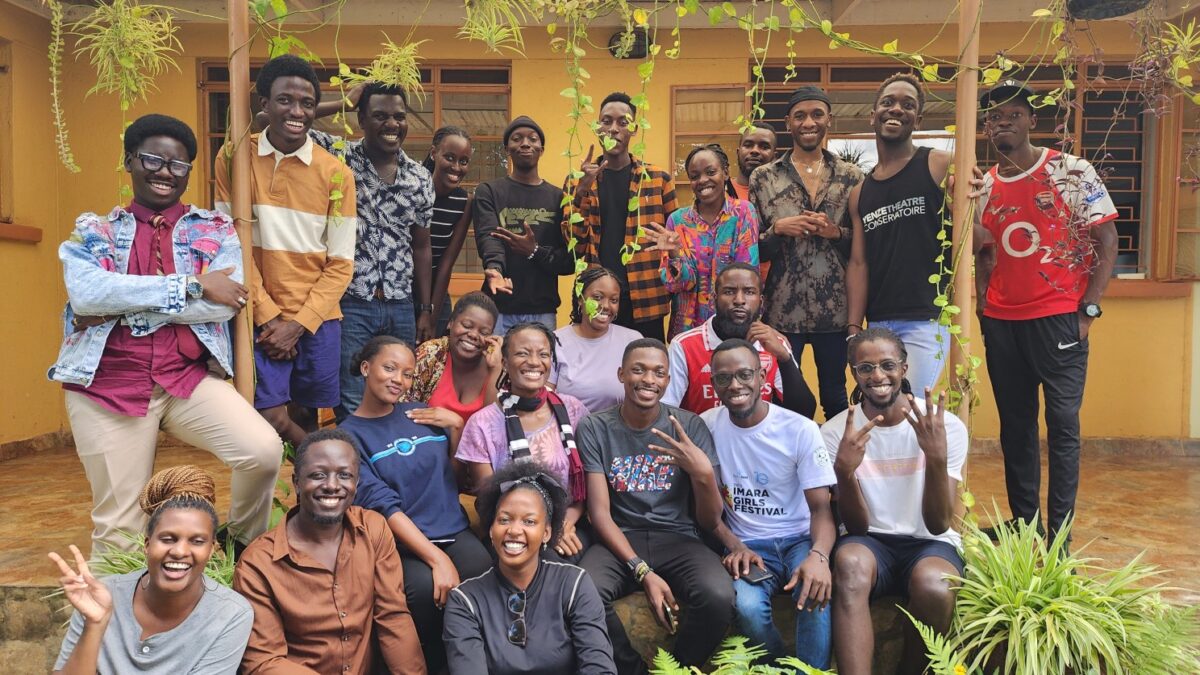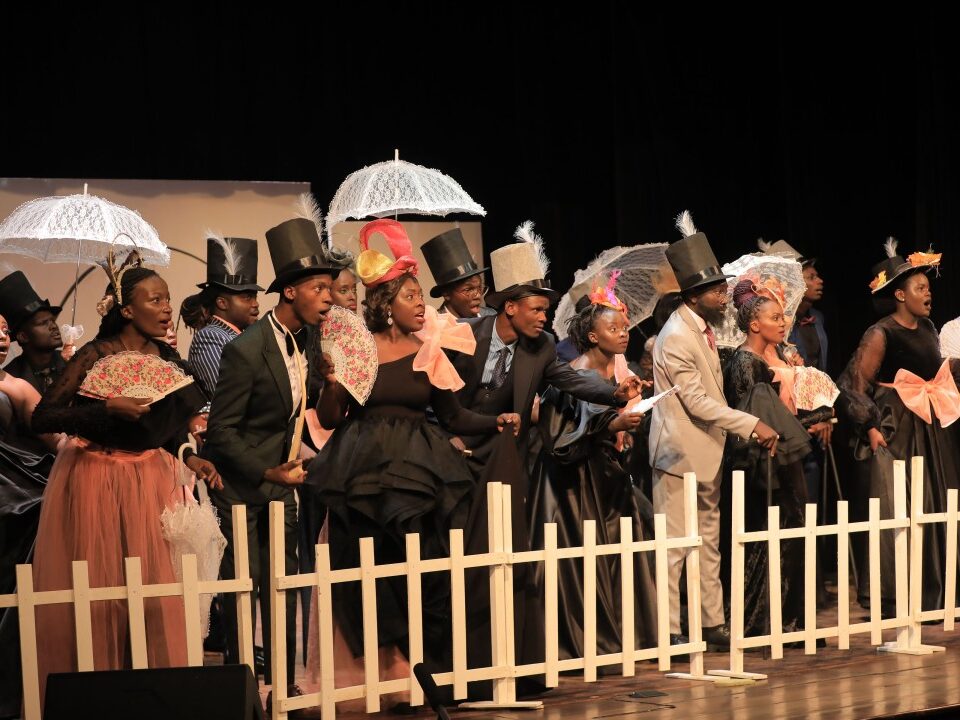
The Collaborative Landscape of Women in Uganda’s Theatre
April 15, 2024
PRESS RELEASE! Celebrating 3 Years of Artistic Excellence with the production – “She Loves Me.”
June 18, 2024In the theatre world, casting decisions go beyond mere talent; they often hinge on the portrayal of gender roles, shaping character development and narrative dynamics. Understanding the nuances of gender in casting is essential for crafting authentic and compelling performances that resonate with audiences. Let’s delve into the intricate interplay of gender roles, character development, and the occasional transcendence of gender constraints in theatrical productions.
Gender roles serve as fundamental building blocks in character development, influencing not only how characters are portrayed but also how they interact within the storyline. Traditionally, casting choices align with societal expectations of gender, with male and female actors assigned roles based on predetermined gender norms. This adherence to traditional gender roles can add depth and complexity to characters, as their actions, motivations, and relationships are filtered through the lens of gendered experiences.
In Ugandan theatre, gender dynamics are intricately woven into the fabric of storytelling. Take, for example, a play set in a rural village where traditional gender roles are deeply entrenched. The male characters may struggle with the expectations of being the primary breadwinners and protectors of the family, while also contending with their own vulnerabilities and insecurities. Meanwhile, the female characters navigate the complex terrain of societal expectations, striving for agency and self-discovery amidst cultural norms that may limit their autonomy. This interplay of gender identities shapes not only the characters’ individual journeys but also the overarching themes of the production, reflecting the nuanced realities of Ugandan society..

The cast of She Loves Me share a fun moment during rehearsals
However, there are instances where gender proves to be irrelevant or even deliberately subverted in theatrical productions, leading to innovative and thought-provoking interpretations of character and narrative. In contemporary theatre, casting choices increasingly challenge traditional gender norms, allowing actors of any gender to embody roles originally written for the opposite sex. This practice, known as gender-blind or gender-neutral casting, opens up new possibilities for character interpretation and encourages audiences to reevaluate preconceived notions of gender roles.
Furthermore, some productions deliberately transcend gender constraints to explore universal themes and human experiences that transcend gender distinctions. For example, in Shakespearean plays like “Twelfth Night” or “As You Like It,” characters’ gender identities are fluid, blurring the lines between masculine and feminine traits to emphasize the universality of love, identity, and human folly.
In addition to challenging stereotypes and fostering inclusivity, swapping gender roles in certain storylines can profoundly impact people’s traditional perspectives. By flipping the script on traditional gender expectations, theatre productions have the power to provoke introspection and stimulate conversations about ingrained societal norms. For example, casting a woman in a traditionally male role or vice versa can disrupt entrenched gender biases, prompting audiences to reconsider their preconceptions about what roles individuals of different genders can and should play. This shift in perspective not only enriches the theatrical experience but also contributes to broader discussions about gender equality and representation in society. Through the transformative medium of theatre, audiences are invited to confront their own biases, ultimately fostering empathy, understanding, and acceptance.
By flipping the script on traditional gender expectations, theatre productions have the power to provoke introspection and stimulate conversations about ingrained societal norms.
In conclusion, gender roles play a significant role in casting for theatre plays and musicals, shaping character development and narrative dynamics. While adherence to traditional gender norms can add depth to characters and storylines, contemporary theatre increasingly embraces gender-blind casting to challenge stereotypes and foster inclusivity. Ultimately, the occasional transcendence of gender constraints in theatrical productions serves as a reminder of the universality of human experiences, inviting audiences to engage with stories that resonate beyond the boundaries of gender.
Article by Simeon Lakuc





